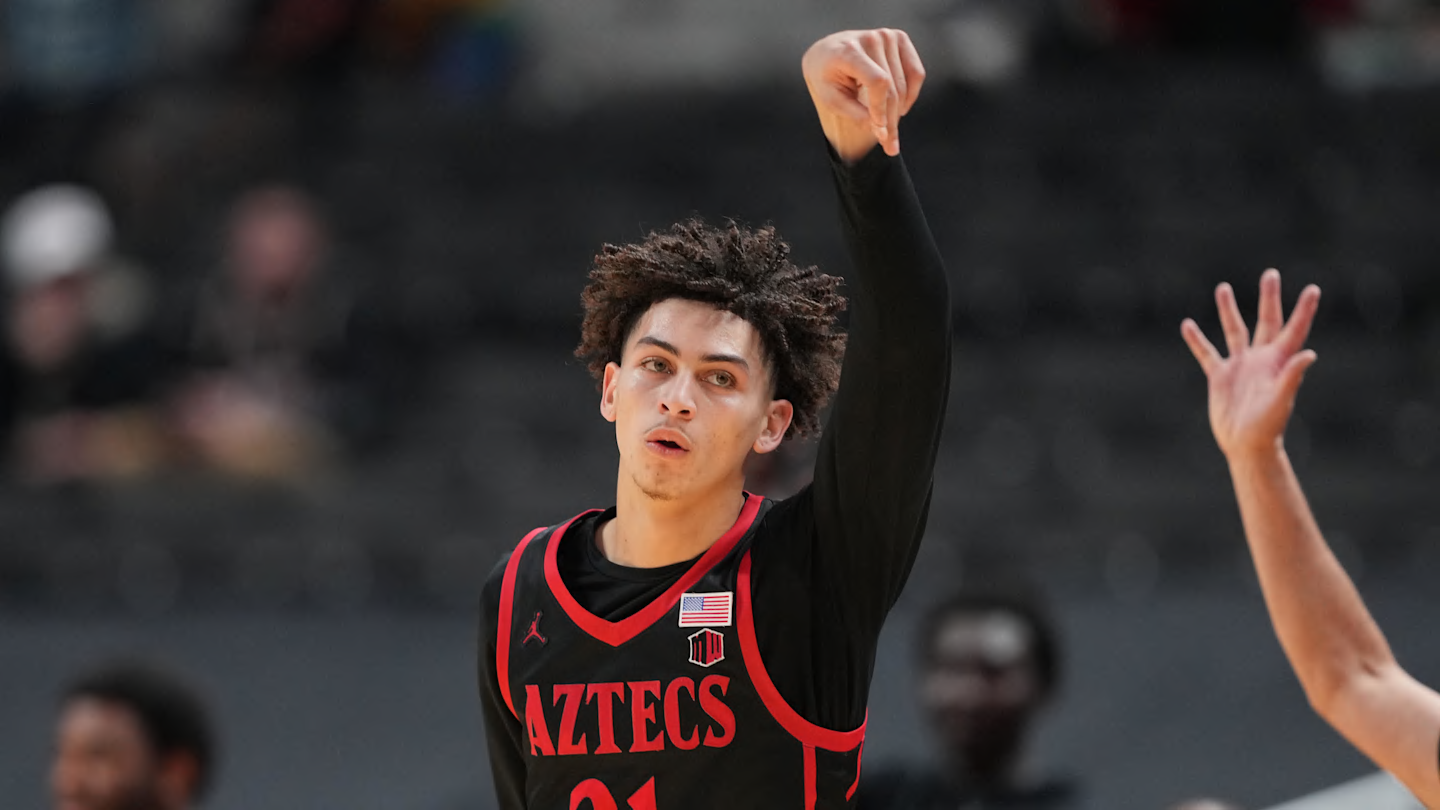NIL
NBA Draft Early Entrants Drop Amid NIL Boom and End of COVID Waivers
Today, the NBA released its official list of early entrants to the draft — players who still have collegiate eligibility but are testing the waters of professional basketball. The numbers confirm what many have suspected: NIL deals have changed the calculus for top college players. Instead of chasing second-round draft spots and two-way contracts, many […]

Today, the NBA released its official list of early entrants to the draft — players who still have collegiate eligibility but are testing the waters of professional basketball. The numbers confirm what many have suspected: NIL deals have changed the calculus for top college players. Instead of chasing second-round draft spots and two-way contracts, many college stars have decided to return to campus and cash in on a hot, top-heavy player compensation market.
Only 106 athletes filed as early entrants this year — the lowest number since 2015. This year’s class is a dramatic reduction from last year’s 174 early entrants. However, there is crucial context to interpreting this data.
While the decrease in early entrants follows the longstanding trend of bucking professional opportunities for NIL, COVID waivers that granted every athlete who played in the 2020-21 season an extra year of eligibility have boosted early entrant numbers over the last several years.
Last year, 55 of the 174 early entrants held an extra year of NCAA eligibility stemming from the waiver-eligible season. This year, that number has plummeted. Just five early entrants played in the NCAA during the 2020–21 season, indicating that college basketball is aging out of the COVID waiver era.
Last summer, I researched how this was already reshaping NBA draft trends. Here’s a graphic showing the impact of COVID eligibility on early entrant rates:
2016: NCAA changed rules allowing players to enter the NBA draft without forfeiting collegiate eligibility
2020: Global pandemic gave every athlete an extra year of eligibility
2021: NIL & Transfer Portal introduced: created a proxy-free agency and salaries for college players pic.twitter.com/eshIgyDIFH
— Noah Henderson (@NoahImgLikeness) May 7, 2024
Again, COVID waivers are only one factor in declining early entrant rates. With several concepts of professionalization making their way to collegiate basketball, athletes are earning more than ever, and depending on your draft positioning, some players stand to earn more in college than the NBA.
For athletes who are certain to end up as first-round draft picks, it is likely wise to accept the opportunity to play in the NBA. Even pick number 30 in the NBA draft receives a fully guaranteed two-year contract with compensation roughly equal to or beyond the highest NIL compensation figures.
In the 2025 NBA draft class, pick 14 will earn over $10 million in guaranteed salary over his first two seasons. For many, staying in college can also mean improving one’s future draft stock. The difference in salary between pick number 20 and pick number 4 in this year’s draft comes out to $13 million in guaranteed money over two years.
With a lower opportunity cost of playing in the new landscape of NCAA basketball, this is a tempting offer even for some first-round picks who want to bet on themselves. Of course, regression and injury in college make this a risky proposition.
Leaving college without exhausting all NCAA eligibility also allows NBA players to earn extensions and get off the NBA rookie scale quicker, increasing their earning power in the league at a younger age.
The decision to leave early for the draft looks very different for players projected in the second round. Unlike first-round picks, second-rounders are not entitled to guaranteed contracts, and the financial gap between what they’re likely to earn in the NBA and what they could command in college is substantial. For many, staying in school offers more security, more money, and a clearer path forward than navigating the uncertainty of a non-guaranteed NBA deal.
While the rookie minimum salary is $1.27 million, most second-rounders don’t receive fully guaranteed contracts, and many end up on two-way deals worth just $636,435.These figures likely short-change early entrants compared to what they could make on the open college market.
Last year, Coleman Hawkins (Kansas State) and Great Osobor (Washington) broke records by inking deals reported at $2,000,000 to compete for their respective institutions. Now, in light of presumptive institutional revenue sharing and a competitive transfer market, those numbers are becoming more and more common – most recently, reigning Mountain West player of the year Donovan Dent was reported to have signed a $3,000,000 deal as part of his transfer from New Mexico to UCLA.
Early draft entrants are not steadfast in leaving college; many players are either committed to a school for next season or exploring opportunities in the transfer portal. Many of the 106 early entrants will likely withdraw before the NCAA’s May 28 deadline to retain collegiate eligibility.
Two things are certain: the average NBA draft pick will keep getting older — and the talent in college basketball will only get better.